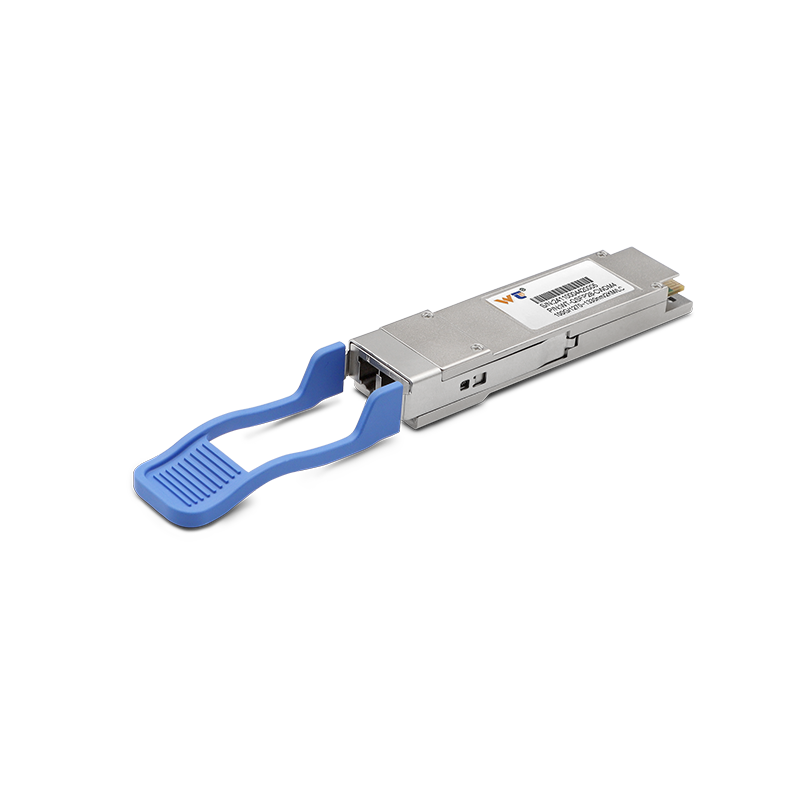The integration of technology into smart manufacturing is revolutionizing various industries. Optical modules, particularly those designed for high reliability at 100G speeds, will be pivotal in this transformation. By 2025, the demand for fast, reliable data transmission in automated factories will surging as the need for real-time communication grows. As manufacturers tackle complex processes, they require robust optical solutions that ensure seamless connectivity.
The optical module market is rapidly evolving. Recent advancements indicate that the global optical module market is projected to reach $8 billion by 2025, reflective of a growth rate of 10% annually. Factors driving this growth include the increasing deployment of data centers and the transition to 5G technology, which requires faster data speeds and decreased latency. Additionally, the rise in IoT applications will demand optical modules that guarantee reliability and performance under various environmental conditions. Therefore, optical modules are no longer just components; they are key players in ensuring operational efficiency and data integrity.
| Optical Module Type | Key Features | Application |
|---|---|---|
| Transceivers | High-speed data transfer, compact | Short and long-distance communication |
| Active Optical Cables | Low power consumption, flexible | Data centers, high-performance computing |
| Passive Optical Networks | Passive components, cost-effective | Broadband access, telecommunication |
Diving deeper into the types of optical modules, three main categories dominate the landscape. Transceivers, highly versatile, often support a range of data rates including 100G. They provide low latency and high bandwidth for both short and long-distance connections. Next, active optical cables (AOCs) are gaining popularity for their flexibility and lightweight design, ideal for data centers. These cables minimize signal degradation, resulting in high-quality communications. Lastly, passive optical networks (PON) serve as a cost-effective solution for expanding broadband access. They utilize passive components to improve efficiency and reduce maintenance costs, making them incredibly advantageous for large-scale deployments.
As we look ahead to 2025, real-world applications of optical modules reveal their indispensable role in smart manufacturing. For instance, imagine a factory floor equipped with IoT devices connected via optical networks. Data from sensors is transmitted in real-time to central systems, utilizing 100G optical modules to ensure reliable communication. Numerous industries, including automotive and electronics, will utilize this technology to streamline production processes, mitigate delays, and enhance overall efficiency. This shift not only improves productivity but also drives innovation in manufacturing practices.
We are proud to offer a range of optical modules, meticulously crafted and undergoing strict quality testing. Our products excel in diverse applications, ensuring high-speed data transmission and reliable long-distance communication. Whether you require solutions for data centers, bordeline communication, or network infrastructure, our optical modules are designed to meet and exceed industry standards. Reliability and performance are paramount, and our modules deliver outstanding results across various environments.
In summary, the emergence of high-reliability optical modules in smart manufacturing is more than a trend—it is a necessity. As we approach 2025, organizations must leverage these technologies to navigate the complexities of modern manufacturing. The versatility, speed, and reliability of optical modules stand as cornerstones in achieving efficient operations and future-proofing industries. By embracing these innovations, businesses can ensure they remain competitive in an increasingly data-driven world.






